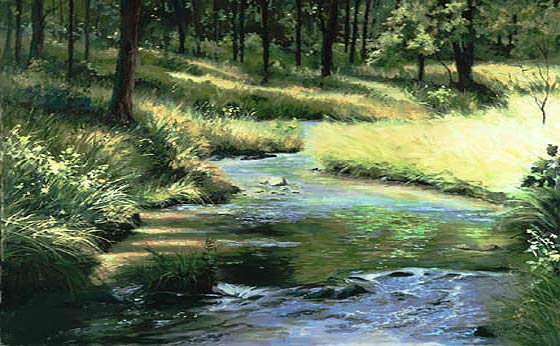Water Sources For Survival
Water will eventually or quickly become one of your most urgent needs during a survival situation.
Believe it or not, you cannot survive much beyond a few days without any water whatsoever, especially in a hot environment where you are losing water rapidly through perspiration. Even in a cold environment without exertion, you may need a minimum of 2 quarts (about 1/2-gallon) of water each day to maintain some bodily efficiency.
More than 3/4 of your body is composed of fluids. Your body loses fluid as a result of heat, cold, stress, and exertion. To function effectively, you must replace the fluid your body loses.
A general rule-of-thumb is 1 gallon of water per day at minimum for survival needs. Obviously this may vary dramatically depending on factors, but close enough to give you an idea of what to expect.
EMERGENCY WATER SOURCES
I thought we would brainstorm and list a variety of places / ways to get emergency water.
Add your own ideas below…
The Obvious
Case of water at the grocery store! (I couldn’t resist)
Lakes, Ponds, Streams ( do you know where they are? )
You do have a water filter, right?
Which Water Filters Do You Have?
Rain Tarp or Rain Barrel
Catch rain in tarps or other water holding material or containers.
#Gallons of Rainwater from a Tarp
Ground
– in valleys and low areas
– at the foot of concave banks of dry river beds
– at the foot of cliffs or rock outcrops
– at the first depression behind the first sand dune of dry desert lakes
– wherever you find damp surface sand
– wherever you find green vegetation.
Dig holes deep enough to allow water to seep in.
Holes and Fissures In Rocks
Periodic rainfall may collect in pools, seep into fissures, or collect in holes in rocks. Insert flexible tubing and siphon water.
Trails
Many trails eventually lead to water. You should follow in the direction in which the trails converge. Signs of camps, animal droppings, and trampled terrain may mark trails.
Watch The Birds
Flocks of birds may circle over water holes. Some birds fly to water holes at dawn and sunset. Their flight at these times are generally fast and close to the ground. Bird tracks or chirping sounds in the evening or early morning sometimes indicate that water is nearby.
Swimming Pools
While there may be some chemical treatment in swimming pools, chances are it’s just chlorine and PH balance. Have you ever gulped swimming pool water and died from it? (sarcasm). Worth mentioning as a fairly obvious source.
Drinking Swimming Pool Water in an Emergency
Solar Still
A solar still will provide you with 100% pure water, and will not require purification or boiling prior to drinking. The technique will work just about anywhere, provided that there is enough sunlight to assist the process.
Snow and Ice
Melt and purify. Caution is advised if you intend to eat snow without melting first. This can reduce body temperature and may lead to more dehydration or hypothermia. Note that snow and ice are no purer than the water they came from.
Sea Ice
Sea ice that’s gray in color or opaque has lots of salt in it. So don’t drink it without desalting it. Sea ice that is crystalline with a bluish cast has little salt in it.
While At Sea
Use desalter kit. Do not drink seawater without desalting.
In The House
There are several ways to extract water from your home.
Extract A Drinking Water Supply From Your House During Disaster
More: Methods To Transport Emergency Water From Source To Home
Share your ideas – leave a comment…

